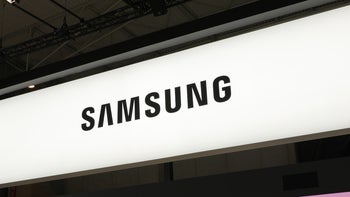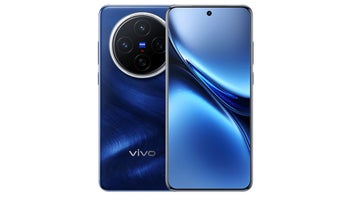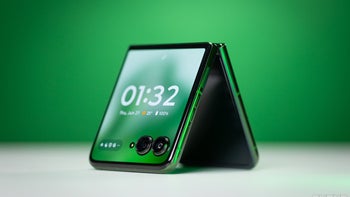Samsung's new image sensor combines two key technologies for better images

According to the company, Samsung's new ISOCELL GN1 is a 50MP sensor with 1.2μm pixels that use both Tetracell and Dual Pixel technologies to deliver near professional-grade images in any environment, even under low-lighting conditions The former uses 4:1 pixel binning to create sharper photos with less noise. The latter provides ultra-fast autofocus as good as the AF capabilities that you'd find on DSLR cameras, claims the manufacturer. This is important because the speed at which your camera focuses determines how fast you can get a shot off. Thanks to the Dual Pixel technology and the use of algorithms, photos taken with the sensor are comparable to those shot using a 100MP resolution.
The ISOCELL GN1 delivers high-quality images with color accuracy, more details, and less noise
Samsung also notes that most high-resolution sensors use smaller 0.8μm pixels. The 1.2μm pixel size used with the GN1 means that even at night, the user can snap away and create high-quality photographs. The sensor also features ISOCELL Plus which uses a barrier to isolate individual pixels. This allows the micro-lens to gather more light which is absorbed by the pixel's photodiodes. As a result, pictures have improved color fidelity and light-sensitivity which helps deliver bright photos with accurate color reproduction. Each pixel on the GN1 sensor includes two photodiodes which receive light rays from the sides of each micro-lens found on the top of each pixel.


Photos taken with the 50MP sensor will contain fine details and can be cropped without any "dramatic loss" in image quality. And reducing the size of the image in post-processing will remove even more noise from the photograph. The resolution of the sensor is 8,160 pixels by 6,144 pixels. The ISOCELL GN1 leverages Tetracell technology which also allows for more dynamic range even when dealing with a low-lit subject against a bright background. Instead of using typical HDR and stacking together multiple images to widen the dynamic range of a photo, Samsung's real-time HDR has each Pixel in a group of four take a picture using different exposure times. Two pixels take medium exposures, one takes a long exposure, and one takes a short exposure. This helps the sensor capture shadows, midtones, and highlights.
A sensor's ISO helps determine how sensitive it is to light. Besides the single, high native ISO found in traditional sensors, the GN1 includes an additional low native ISO able to accurately respond to bright environments. Samsung says that the result is optimal dynamic range and less noise in all environments. For example, if you're at the beach taking a portrait on a sunny day, the low native ISO will handle the bright sections of the image. With the usual one high native ISO found on most sensors, that part of the photo would have been blown out by the bright sunshine and would appear in the photograph with nary a detail.
On the other hand, let's say that you're taking a selfie at a late-night party. The technology on the GN1 will select the high native ISO for optimal brightness with less noise and more dynamic range to show more details even in the dark sections of the photograph.
Samsung says of its new sensor, "The ISOCELL GN1 packs a lot of technology into a small sensor. As Samsung’s first image sensor to feature both Dual Pixel and Tetracell technology, it equips your smartphone camera with the power to adapt to any environment so that you can capture great photos no matter what lighting condition you are in. With this versatility, you can enjoy a full suite of pro-grade photography tools right from your smartphone."
The bottom line is that the ISOCELL GN1 will deliver color accurate and sharp images packed with details that the photography system on your current handset might leave out.













Things that are NOT allowed: